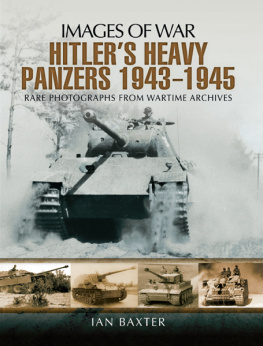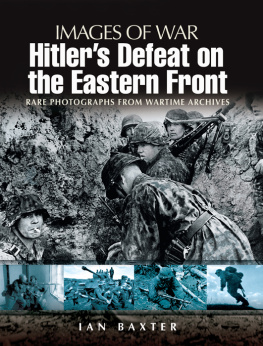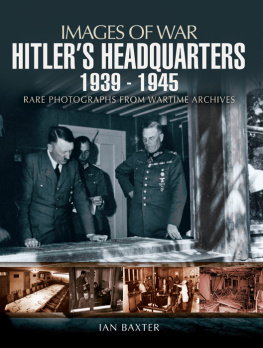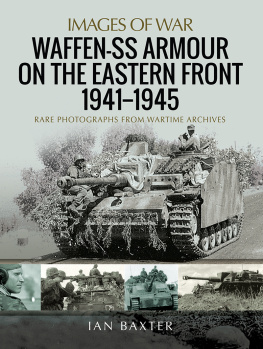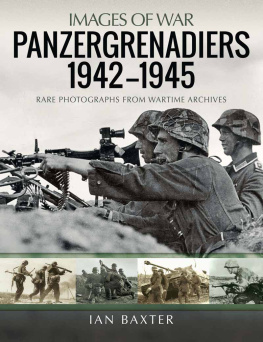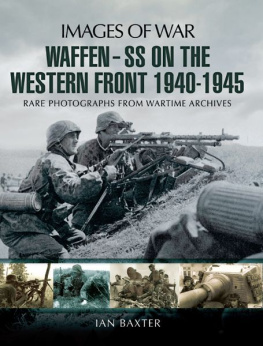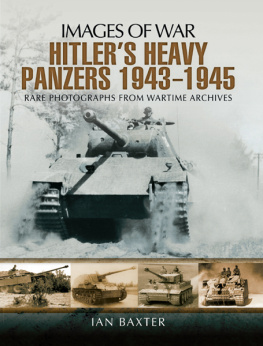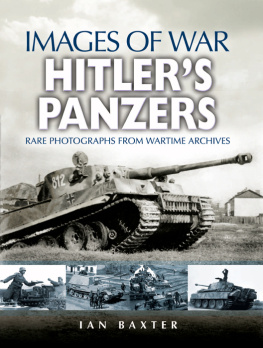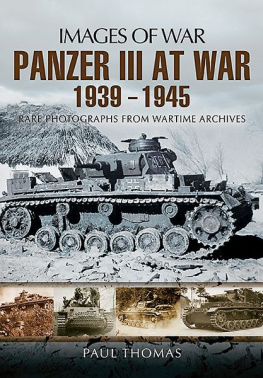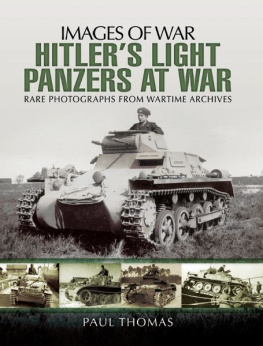First published in Great Britain in 2015 by
PEN & SWORD MILITARY
an imprint of
Pen & Sword Books Ltd,
47 Church Street,
Barnsley,
South Yorkshire.
S70 2AS
Copyright Ian Baxter, 2016
A CIP record for this book is available from the British Library.
ISBN: 978 1 47383 357 9
PDF ISBN: 978 1 47388 114 3
EPUB ISBN: 978 1 47388 113 6
PRC ISBN: 978 1 47388 112 9
The right of Ian Baxter to be identified as Author of this Work has been asserted by him in accordance with the Copyright, Designs and Patents Act 1988.
All rights reserved. No part of this book may be reproduced or transmitted in any form or by any means, electronic or mechanical including photocopying, recording or by any information storage and retrieval system, without permission from the Publisher in writing.
Printed and bound by CPI UK
Pen & Sword Books Ltd incorporates the Imprints of Pen & Sword Aviation, Pen & Sword Maritime, Pen & Sword Military, Wharncliffe Local History, Pen & Sword Select, Pen & Sword Military Classics and Leo Cooper.
For a complete list of Pen & Sword titles please contact
Pen & Sword Books Limited
47 Church Street, Barnsley, South Yorkshire, S70 2AS, England
E-mail:
Website: www.pen-and-sword.co.uk
Contents
Chapter I
Fighting withdrawal
In June 1943, twenty-one Panzer divisions, including four Waffen-SS divisions and two Panzergrenadier divisions, were being prepared for Operation Zitadelle in the Kursk salient.
Putting together such a strong force was a great achievement, but the Panzerwaffe of 1943 were unlike those armoured forces that had victoriously steamrollered across western Russia two years earlier. The Panzerwaffe were determined to rejuvenate their Blitzkrieg tactics, but the immense preparations that had gone into constructing the Soviet defences meant that the Panzerwaffe were never ever going to succeed penetrating into the strategic depths of the Red Army fortifications.
When the attack was finally unleashed in the pre-dawn light of 5 July 1943, the Germans were stunned by the dogged defence of their Red foe. The battle was unlike any other engagement they had previously encountered. Within a matter of only days, the Russians had ground down the mighty Panzerwaffe and thrown its offensive timetable off schedule. Through sheer weight of Soviet strength and stubborn combat along an ever-extending front, the German mobile units were finally forced to a standstill.
The losses that the Panzerwaffe sustained at Kursk were so immense that they undoubtedly led to the German Army taking the first steps of its slow retreat back towards Germany. The Russians had managed to destroy no less than thirty divisions, seven of which were Panzer. German reinforcements were insufficient to replace the staggering losses, so they fought on under-strength.
Throughout August and September the Panzerwaffe tried frantically to hold on to the receding front line. High losses resulted from inadequate supplies and not through any lack of skill or determination on the part of the defenders. Everywhere the Panzerwaffe were trying desperately to hold the Soviets back from breaking through their lines. Heavy Panzer replacements continued to trickle through to help bolster the Panzerwaffe, but these were too few to make any significant difference. The heavy Panzers were now required to try and perform yet another reversal of Germanys misfortunes in the east. In most areas of the front the Panzers were no longer to adopt any risky offensive tactics but to use a delaying and blocking strategy instead.

Responding to demands for a new Panzer to challenge the Soviet T-34 tank, German designers produced the first prototype Pz.Kpfw.V, known as the Panzer V. In this photograph a turretless Panther is being put through a series of factory trials in order to see if the vehicle is watertight.
As the summer ended in the east the winter of 1943 opened with an exasperating series of deliberations for the Panzerwaffe. In October and November 1943 only five Panzer divisions and one SS Panzer division were sent as replacements to the Eastern Front. Of these, only the 1st SS Panzer Division LSSAH and 1st Panzer Division were full strength, with two battalions totalling some 180 tanks. The 14th, 24th and 25th Panzer Divisions had about 100 tanks and assault guns in one single battalion. During the winter of 1943 all units on the Eastern Front averaged 2,000 tanks, of which only 800 were regarded as combat ready at any one time. It was indeed a very small force to cover such a large front.
Dire as the situation was, armoured units were compelled to try and fill the gaps left by the infantry, and hold the front to grim death. Throughout December Tigers, Panthers, and tank destroyers defended well, and at times even succeeded surprising Red Army forces with a number of daring attacks of their own, but these were often short lived due to the dwindling numbers.
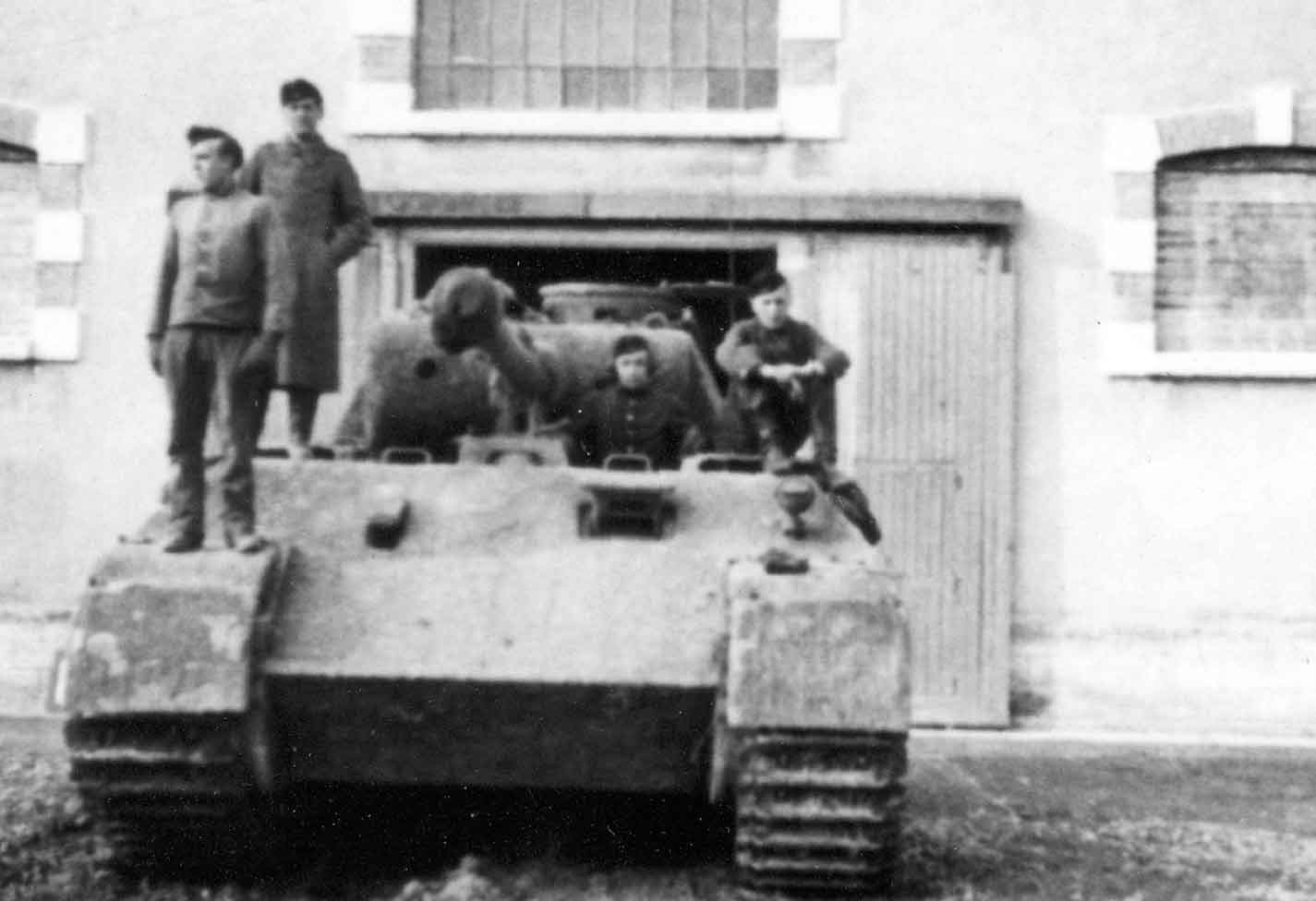
The crew of a Panther Ausf.D variant pose for the camera prior to operations in early June 1943. This photograph was taken one month prior to the Kursk operation. Hitler had insisted that the Panther be ready for the largest tank battle in military history, and even delayed the attack so it would give manufacturers sufficient time to sort out the mechanical teething difficulties.
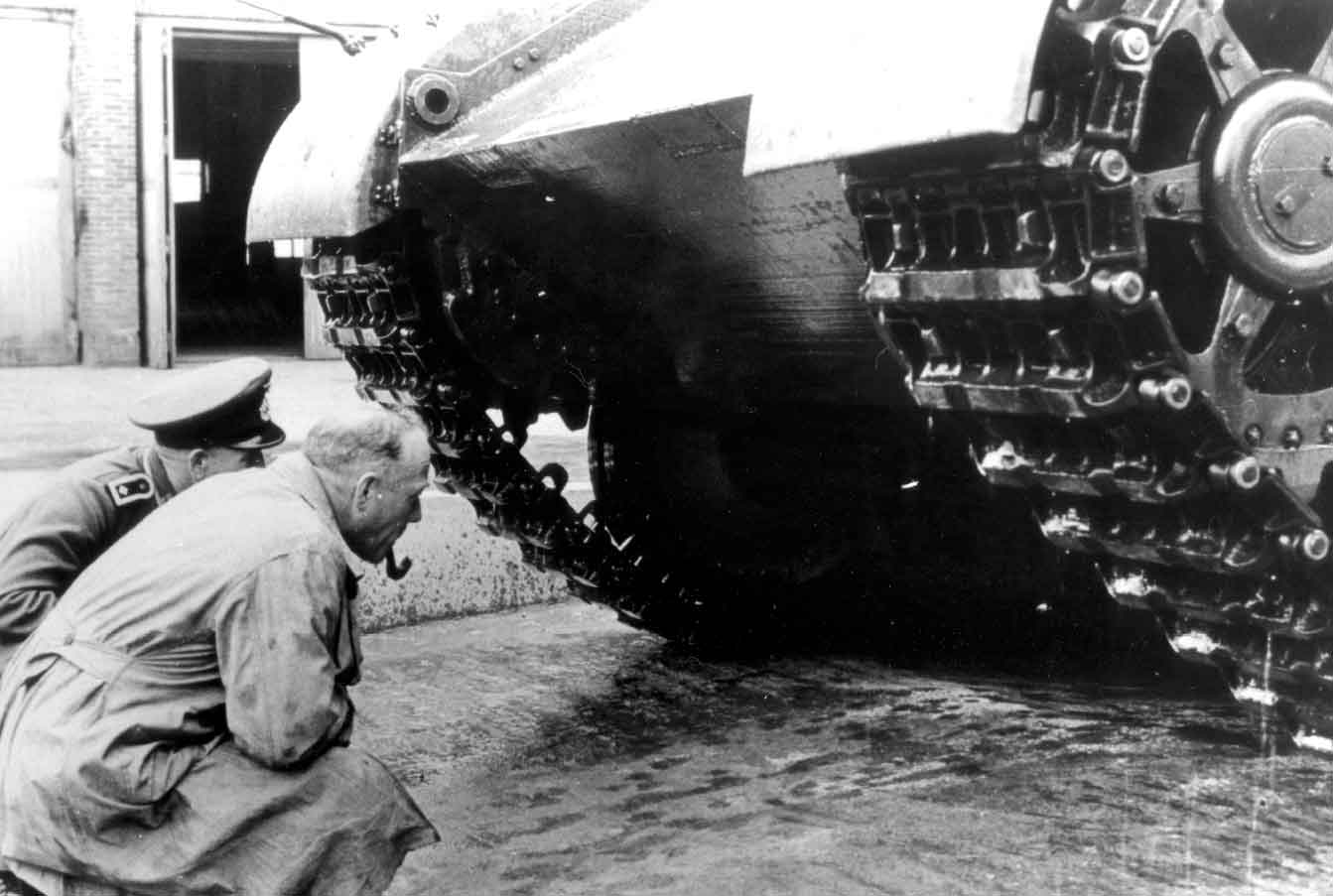
At the factory the underbelly of the Panther is being inspected. The chassis of the Panzer mounted eight sets of interleaved road wheels or bogies on either side. The road wheels were carried on twin torsion bars lying transversely across the vehicle.
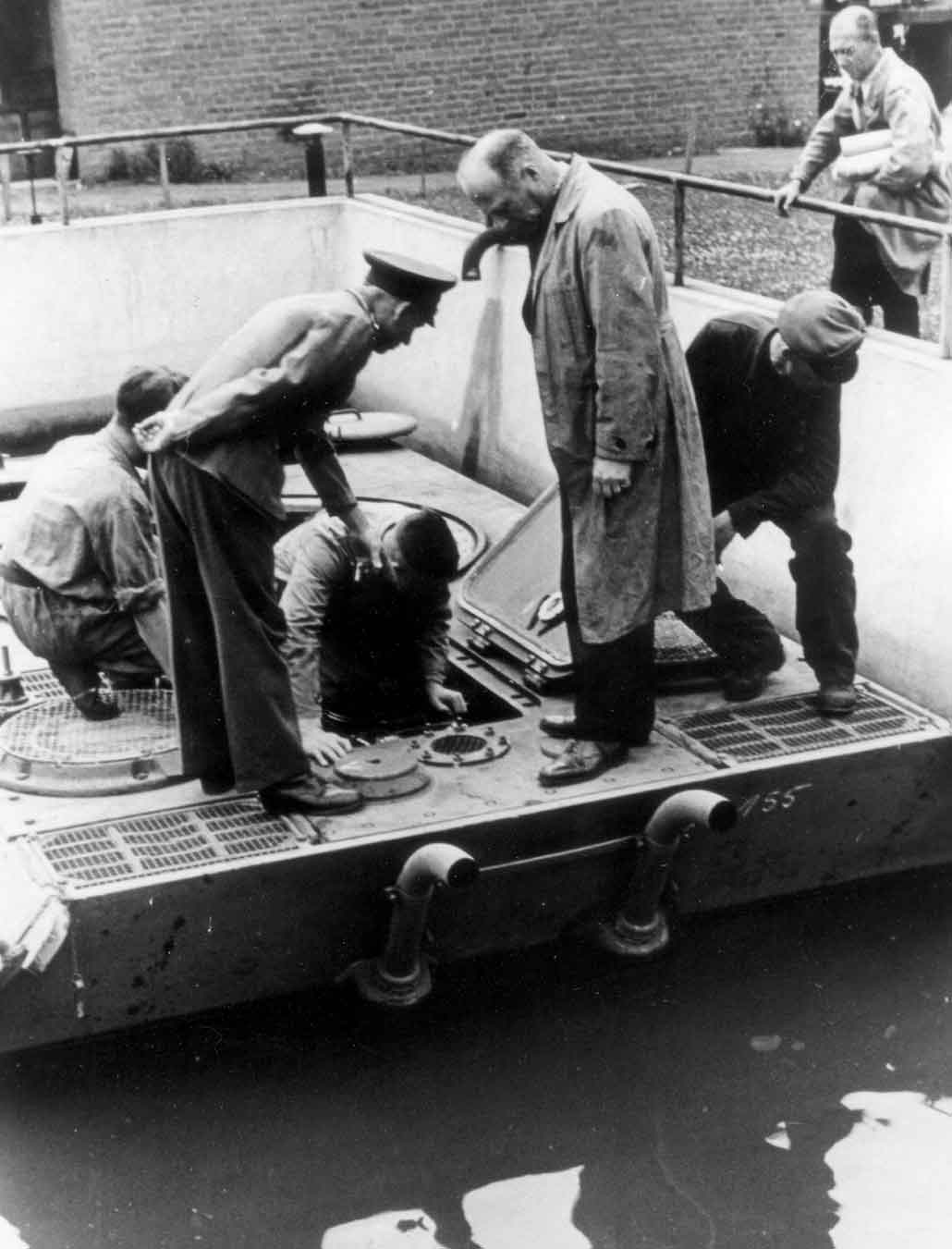
Standing in a water tank, factory specialists check to see whether water has leaked into the Panthers engine compartment. This test was for amphibious wading and to see if the engine compartment seals leaked. The engine was housed in the rear of the hull and was flanked on each side by cooling radiators and extractor fans. Although the powerful Maybach engine fared well under various tests, it was extremely complicated.
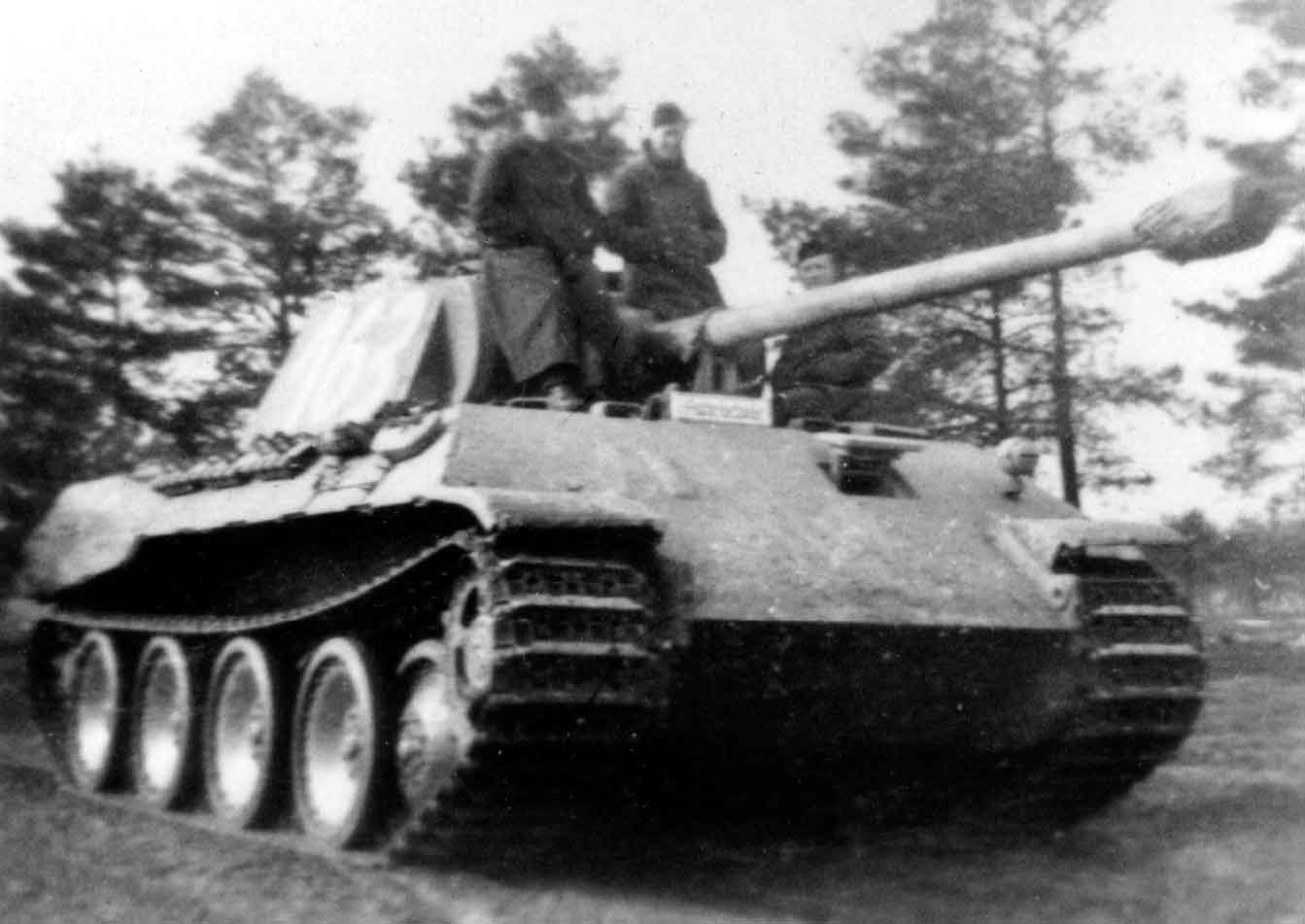
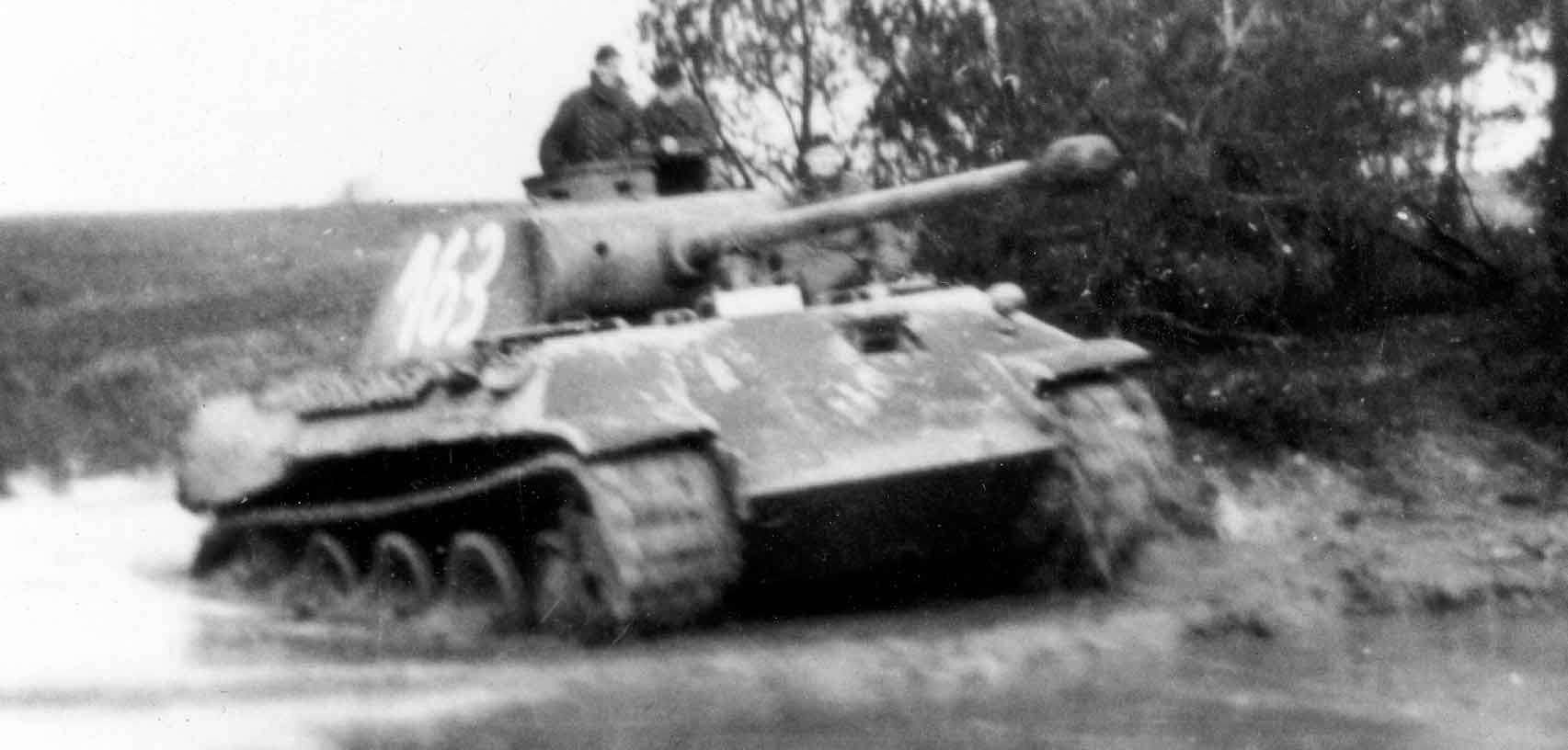
Two photographs showing the Panther Ausf.D being put through its paces in order to get the vehicle ready for the Kursk operation. In spite of the mechanical problems the Panther had a very impressive main armament that was a superb anti-tank gun and extremely accurate. During controlled tests, using the Pzgr 39/42 round, it could hit a target 2m high by 2.5m wide to a distance of 1500m 100 per cent of the time. These levels of accuracy did not reflect actual battlefield conditions, but gunners would soon prove to be very accurate. Note on the second photograph showing the Panther on the proving grounds of Grantenwohr in early 1943, the vehicle still retains the factory Panther number 163 painted in large white or yellow numbers on the side of the turret.
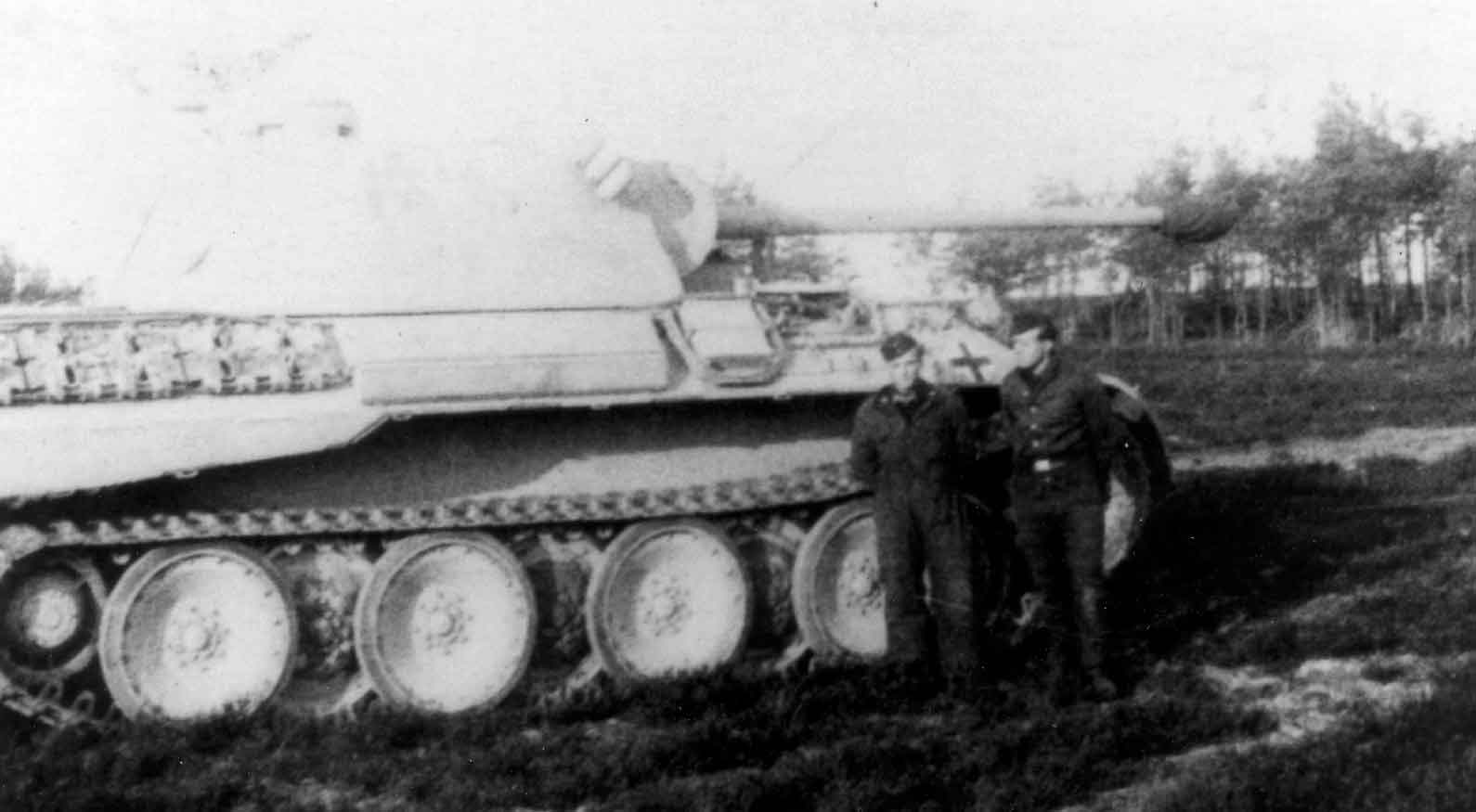
Next page
